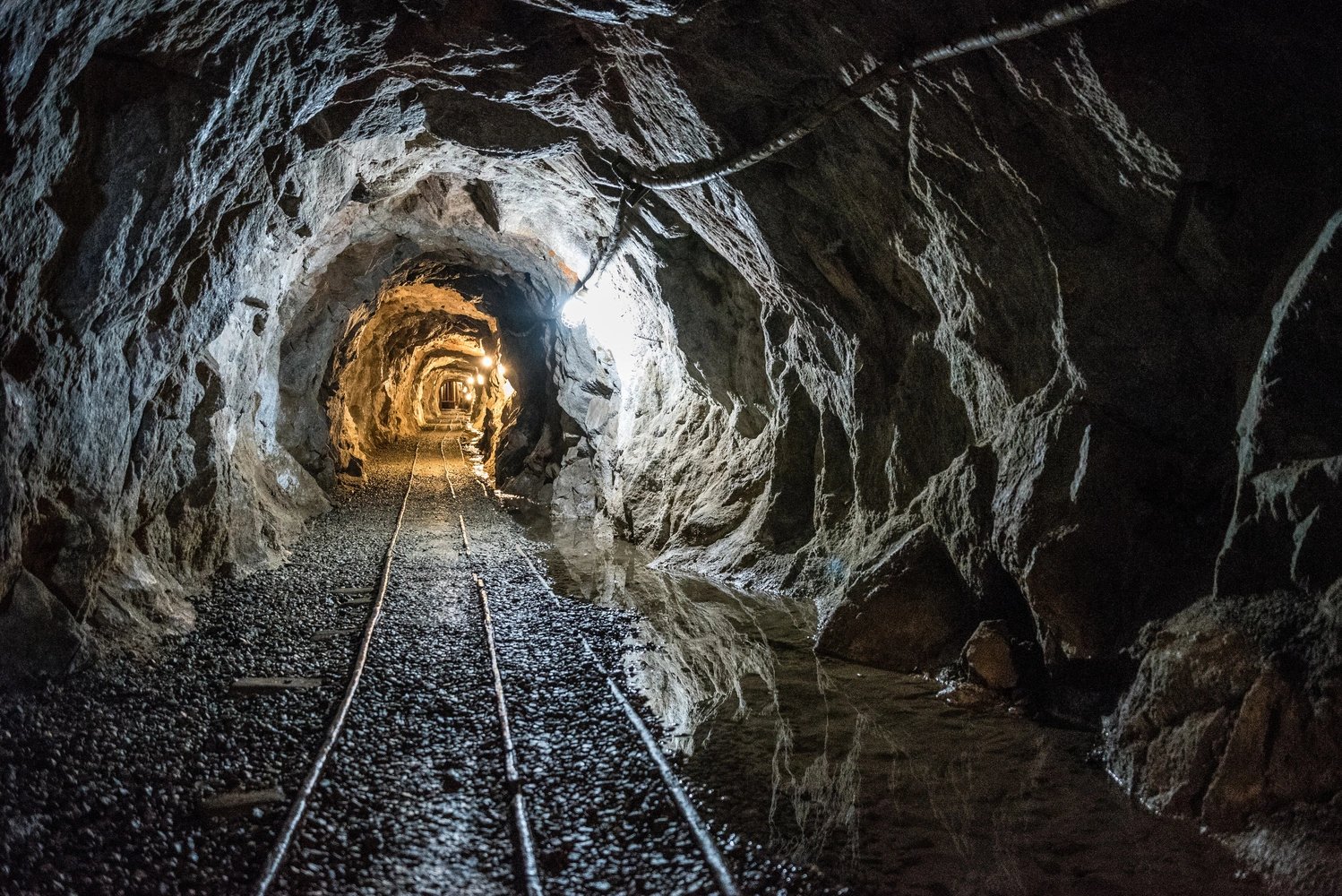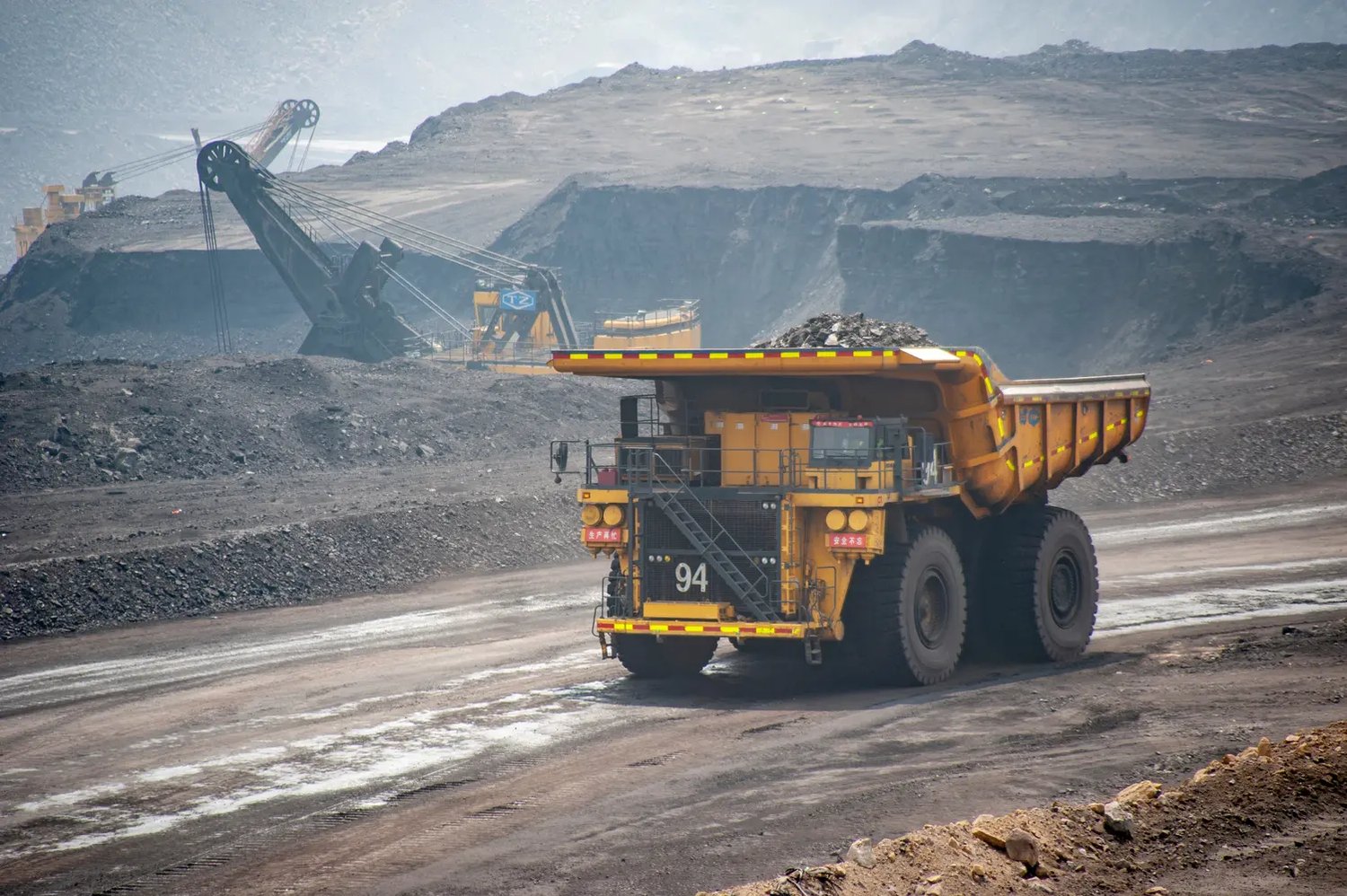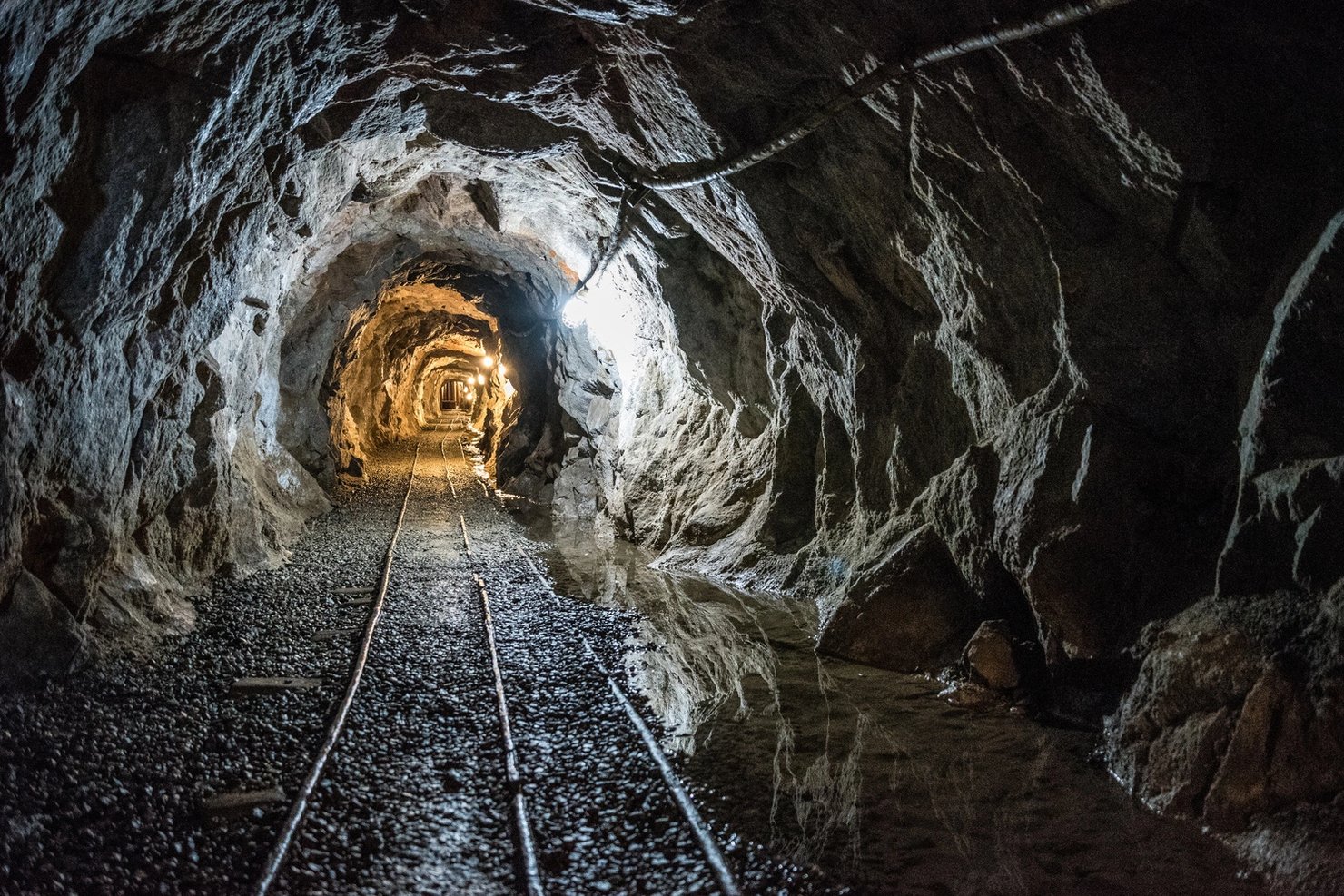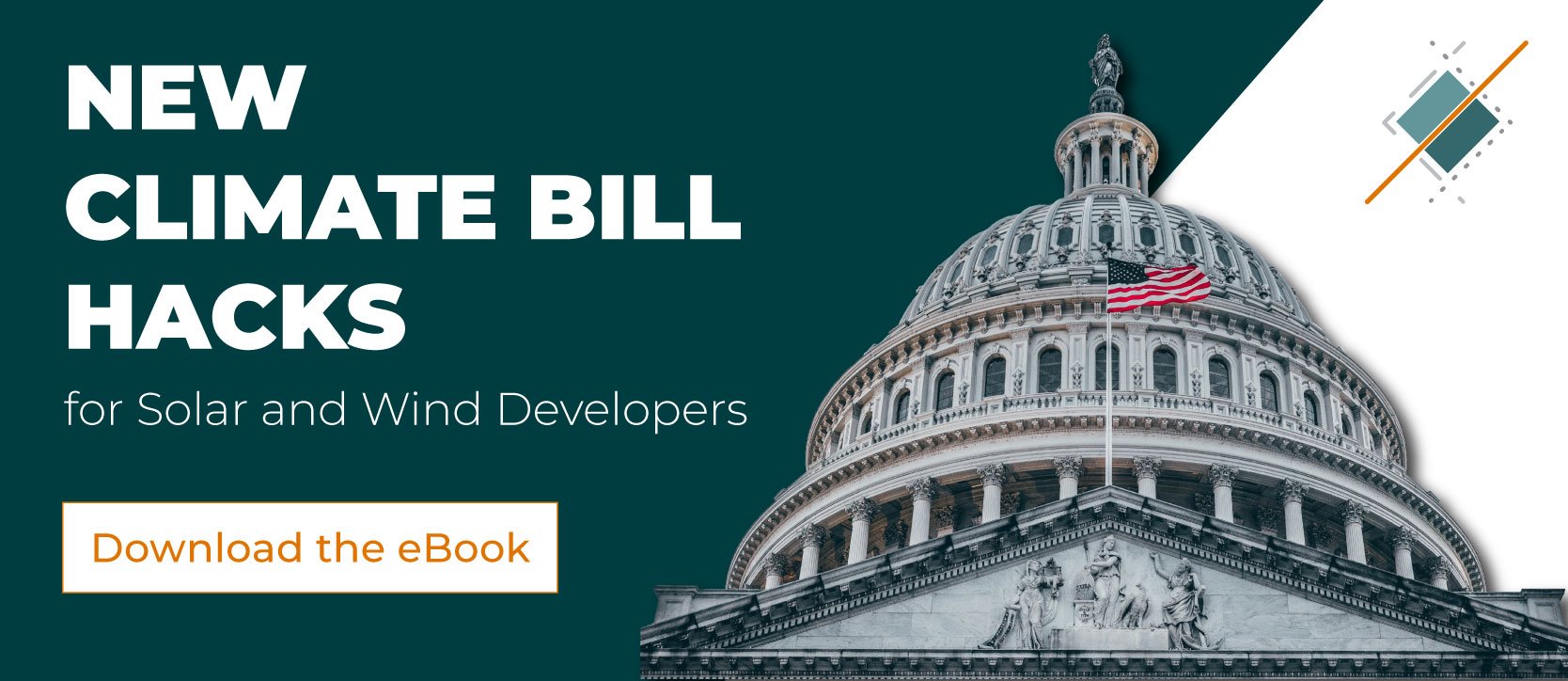Solar Energy Communities
Free Permitting Checklist
Practical Tips to Avoid Environmental Risk on all Your Projects
Download our environmental permitting checklist to get a step-by-step list of ways to protect your project from the 9 most common environmental risks.
Download Your Checklist
What Are Energy Communities?
Energy communities are regions outlined by the Inflation Reduction Act (IRA) that directly benefit from the clean energy transition and benefit regions that will face challenges from this transition. These regions are primarily communities heavily dependent on fossil fuels for employment, government revenue, and economic sustainability. These communities consist of citizen-driven projects that advance clean energy while providing for said citizens. A region must meet specific IRA parameters to qualify under one of these communities.

The Inflation Reduction Act Recap
President Joe Biden passed the Inflation Reduction Act on August 16, 2022. This act aims to lower healthcare, prescription drug, and clean energy costs. The IRA provides $370 billion for renewable energy projects and clean energy systems. The act also includes directives to offer financial aid for small businesses and access to and installation of green appliances for homeowners.
According to the Department of Energy, this act is the most significant federal investment in renewable energy projects to support the clean energy transition from the fossil energy industry. The clean energy projects created by the tax credits and other incentives provided by the IRA aim to support energy technologies, such as electric vehicles, and help the nation reach its "net-zero emissions" goal. In addition to these sustainability and energy efficiency goals, the act aims to support economic development via job creation provided within these new projects.
Grant Funding Opportunities and Tax Credit Incentives
The federal government outlines varying financial resources to support the promised clean energy market and economic revitalization. The IRA provides tax credits such as the Production Tax Credit, which encourages domestic manufacturing, and Investment Tax Credits. The Solar ITC extension is arguably the most prominent of these efforts for solar energy developers. The ITC is part of the existing Internal Revenue Code (IRC) Section 48 and outlines the tax credit that applies to solar and other renewable energy-producing land developments. This credit is managed by the IRS, acting as the agency to help renewable energy developers access taxpayer funds via tax credits.
This credit began as a temporary 10% tax credit in 1978 and has been continually extended since. The credit was most recently extended by the IRA, now expanded until 2032 at a 30% rate. Large solar developments must meet wage and apprenticeship requirements to access the entirety of these credits. Smaller land developments immediately qualify for 30%.
Solar developers developing within these specific “energy communities” can receive an additional 10% credit under the Solar ITC extension provided by the IRA. With this further opportunity, land developers are racing to identify and lease land that qualifies under these “energy community” definitions. The IRA outlines three energy communities that are eligible for these benefits.
Types of Energy Communities
Brownfield
Brownfields are land where large-scale industrial development has previously occurred, and the land is now polluted. These previous developments can be something other than fossil fuel projects. Existing structures may be present on this land. This land is available for cleanup and redevelopment once the Environmental Protection Agency (EPA) designates this land as a brownfield site.
Though over 45,000 of these sites exist across the U.S., they do not cover a significant amount of surface area (<1%). These sites are only a few city blocks or one acre large, making them not ideal for specific projects. These sites are suited for projects such as a battery manufacturing plant rather than large-scale energy development. Additionally, many areas that appear to be brownfield developers may not qualify as such under the IRA guidelines for this term. For example, many sites are contaminated, but the development that occurred prior was not large-scale.
Though a concrete map of all these sites doesn't exist, they can be reviewed to see if they meet brownfield criteria or are already mapped.
Free Permitting Checklist
Practical Tips to Avoid Environmental Risk on all Your Projects
Download our environmental permitting checklist to get a step-by-step list of ways to protect your project from the 9 most common environmental risks.
Coal Communities
These communities are census tracts where a coal mine has closed since 2000 or any adjacent tract. Many of these previous coal mining communities are present in the Western Coal Region or Appalachia- roughly 15% of the nation’s land area. Adjacent communities are in regions such as West Virginia. These are also communities that had a closure of coal-fired electric generation plants since 2010. If the area has a plant operating for natural gas when the coal-fired plant is retired- the region still qualifies as an energy community. This energy community is likely to become more prevalent due to the implication of IRA benefits.
These communities make up a significant amount of the U.S. land area, leaving ample opportunity for energy developers. These census tracts can include large rural regions that can qualify other adjacent areas to benefit from the IRA. This inclusion means large-scale energy projects can be developed hundreds of miles from the original retired power plant communities.

Employment and Tax Revenue
According to the Office of Management and Budget, an energy community is a non-metropolitan or metropolitan area where the unemployment is at or above the national level for the previous year and the "0.17 percent or greater direct employment or at least 25 percent of local tax revenues [are] related to the extraction, processing, transport, or storage of coal, oil, or natural gas." For this definition, the employment rate is calculated by The Secretary of Treasury as the IRA does not explicitly define "direct employment" to determine this number. As employment rates constantly fluctuate, regions may qualify for these benefits one year rather than another. This energy community is not easily identifiable from publicly-available information and will likely require additional digging.
How to Identify Energy Communities
Consultants
Environmental consultants identify environmental risks on a project site. These consultants complete a review and report of an area in a few weeks to months. In addition to environmental risk and permitting requirements, consultants are well-versed in energy communities. For example, brownfields are constantly developed and require environmental review. Consultants can access public data in their review process to see if a site qualifies as an energy community. As this traditional approach to environmental due diligence is time-consuming, it is typically completed later in the land development process.
SEIA Energy Community Map
This map provided by the Solar Energy Industries Association (SEIA) aims to outline all U.S. energy communities. This map is extensive, but not all communities are known, and sites will always require additional research. This map is limited to energy community information and does not provide other environmental resources or next steps. This map can be used as an initial resource when developing. Still, it cannot replace a more comprehensive environmental due diligence review that will include up-to-date, site-specific information.
Transect
Transect is an environmental due diligence software that provides environmental due diligence in weeks. This platform shows all the environmental risks and permitting requirements for a site and can give energy community data and information on accessing these federal resources. These energy community layers are reviewed by experts and frequently updated. This information is gathered from federal, state, and local governments to ensure accuracy. The data provided is consistent with that of a typical Critical Issues Analysis (CIA) and is provided in a fraction of the time. This data can be accessed during the site selection stage to select a viable site, compress the selection timeline, and minimize potential risks while maximizing IRA benefits. Land developers and stakeholders can know their site’s risk rather than rolling the dice on their next endeavor.
Free Permitting Checklist
Practical Tips to Avoid Environmental Risk on all Your Projects
Download our environmental permitting checklist to get a step-by-step list of ways to protect your project from the 9 most common environmental risks.

